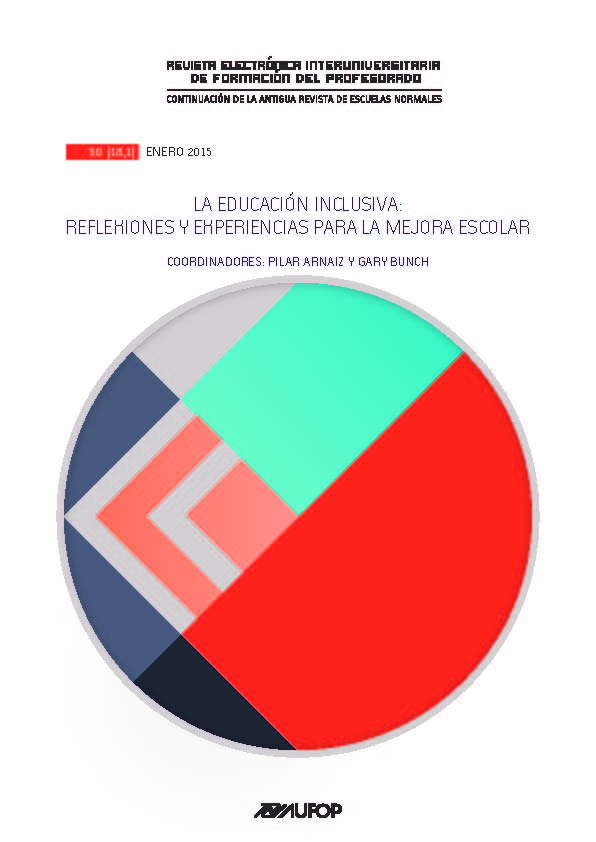An Analysis of the Move to Inclusive Education in Canada. What Works
Abstract
Canada often is regarded as a leading nation in the area of inclusive education and disability. As Andreas Hinz (2006) of Germany writes, Canada “has made inclusion a hallmark of its educational systems”. This view is valid regarding four of the 13 provincial and territorial jurisdictions in Canada. Following the advent of Inclusive Education as a more socially just approach to education and students with disabilities, different understandings have developed across the nation. Nine governments consider Inclusive Education to be a value system that does not mandate education in the same classrooms for all students. These governments maintain the Special Education Model for those students considered unable to benefit from education in the same classrooms as their typical peers. The three northern Territories and the Atlantic province of New Brunswick also believe inclusive education to be a value system. However, these jurisdictions have moved beyond the Special Education Model and its dependency on various levels of segregation for many students with disabilities. On the basis of social justice and stronger academic and social education, these four education systems are developing and employing organizational and pedagogical strategies that support inclusion of all students in regular classroom settings.
Downloads
-
Abstract5369
-
PDF (Español (España))4459
Los artículos que se publican en esta revista están sujetos a los siguientes términos:
1. El Departamento de Métodos de Investigación y Diagnóstico en Educación de la Universidad de Murcia (España), junto con el Servicio de Publicaciones de la Universitdad de Murcia (Editum) son los editores de la revista REIFOP y conserva los derechos patrimoniales (copyright) de los artículos publicados, permitiendo la reutilización de las mismos bajo la licencia de uso indicada en el punto 2.
2. Las obras se publican en la edición electrónica de la revista bajo una licencia Creative Commons Reconocimiento-NoComercial-SinObraDerivada 3.0 España (texto legal). Se pueden copiar, usar, difundir, transmitir y exponer públicamente, siempre que: i) se cite la autoría y la fuente original de su publicación (revista, editores y URL de la obra); ii) no se usen para fines comerciales; iii) se mencione la existencia y especificaciones de esta licencia de uso.
3. Condiciones de auto-archivo. Se permite y se anima a los autores a difundir electrónicamente las versiones pre-print (versión antes de ser evaluada) y/o post-print (versión evaluada y aceptada para su publicación) de sus obras antes de su publicación, ya que favorece su circulación y difusión más temprana y con ello un posible aumento en su citación y alcance entre la comunidad académica. Color RoMEO: verde.















